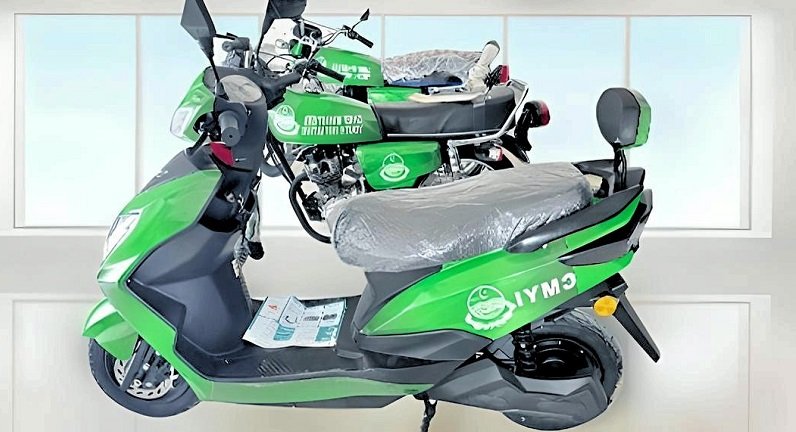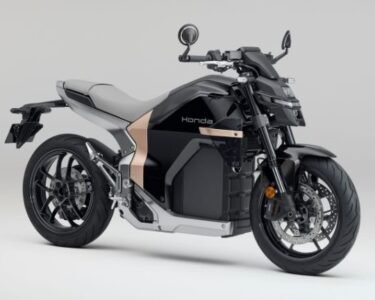Electric bikes (e-bikes) have surged in popularity as a convenient, eco-friendly alternative to traditional transportation methods. As more people adopt e-bikes for their daily commute, one question arises: can they be used in the rain? This article delves into the feasibility, safety considerations, and practical tips for riding electric bikes in wet weather conditions.
Understanding E-Bike Design and Waterproofing
Most modern e-bikes are designed with some level of water resistance. Components such as the motor, battery, and wiring are typically encased in protective housings to shield them from moisture. However, it’s essential to differentiate between water-resistant and waterproof. While water-resistant e-bikes can handle light to moderate rain, they are not built to withstand submersion or heavy downpours.
Manufacturers often provide an Ingress Protection (IP) rating to indicate the level of water and dust resistance. An IP rating consists of two digits: the first denotes protection against solids (like dust), and the second indicates moisture protection. For instance, an IP65 rating means the e-bike is dust-tight and protected against low-pressure water jets from any direction. When purchasing an e-bike for rainy commutes, look for models with a high IP rating for better protection.
Safety Considerations
Riding in the rain presents unique challenges that can affect safety. Here are key considerations to ensure a safe ride:
- Visibility: Rain can reduce visibility for both riders and motorists. Equip your e-bike with bright front and rear lights, wear reflective clothing, and use a high-visibility helmet to make yourself more noticeable.
- Traction: Wet roads can be slippery, increasing the risk of losing control. Opt for e-bikes with tires that have good tread patterns designed for wet conditions. Lowering the tire pressure slightly can also improve traction.
- Braking: E-bikes typically use either disc or rim brakes. Disc brakes generally perform better in wet conditions, providing more reliable stopping power. Ensure your brakes are in good working condition and test them regularly, especially before riding in the rain.
- Speed: Reduce your speed to maintain better control and reaction time. Wet roads require longer braking distances, so keep a safe distance from other vehicles and obstacles.
- Hydroplaning: Be aware of puddles and standing water, as these can cause hydroplaning, where tires lose contact with the road surface. Avoid large puddles and ride through shallow water at a steady, slow pace.
Practical Tips for Riding in the Rain
To make your rainy commute more comfortable and safe, consider the following practical tips:
- Protective Gear: Wear waterproof clothing, including a rain jacket, pants, and shoe covers. A good-quality rain poncho can also provide additional coverage. Don’t forget waterproof gloves to keep your hands dry and maintain grip.
- Fenders: Install front and rear fenders on your e-bike to prevent water from splashing up onto you and your bike. Fenders are especially useful for keeping your clothes and the bike’s components dry.
- Battery Care: While e-bike batteries are generally sealed, it’s a good idea to avoid exposing them to excessive moisture. After riding in the rain, dry off the battery and connectors with a soft cloth. Store the battery in a dry place when not in use.
- Maintenance: Regularly inspect your e-bike for any signs of water damage or corrosion. Lubricate the chain and other moving parts to prevent rust. Pay attention to the battery terminals and electrical connections, ensuring they are dry and clean.
- Route Planning: Choose routes with less traffic and better drainage to avoid waterlogged areas. Be cautious of metal surfaces, such as manhole covers and grates, which can become extremely slippery when wet.
Legal and Insurance Considerations
Before commuting in the rain, it’s essential to understand local laws regarding e-bike usage. Some areas may have specific regulations about riding in adverse weather conditions. Additionally, consider insurance coverage for your e-bike. Some policies may cover weather-related damage, providing peace of mind during your rainy rides.
Electric bikes can indeed be used for commuting in the rain, provided you take appropriate precautions and equip yourself with the necessary gear. Understanding your e-bike’s water resistance, prioritizing safety, and following practical tips can make rainy commutes more manageable and enjoyable. Embrace the versatility of your e-bike and enjoy the ride, rain or shine.






